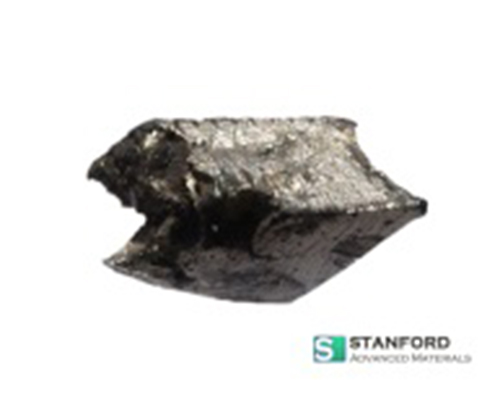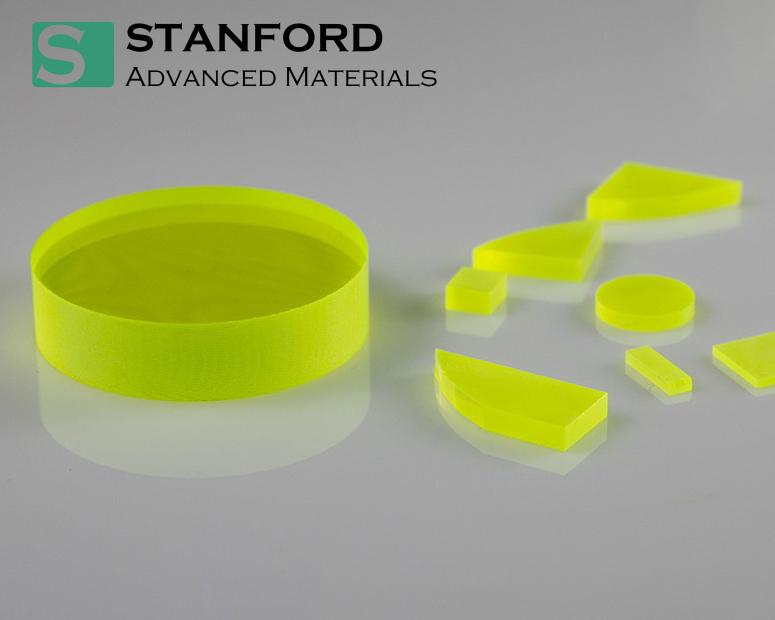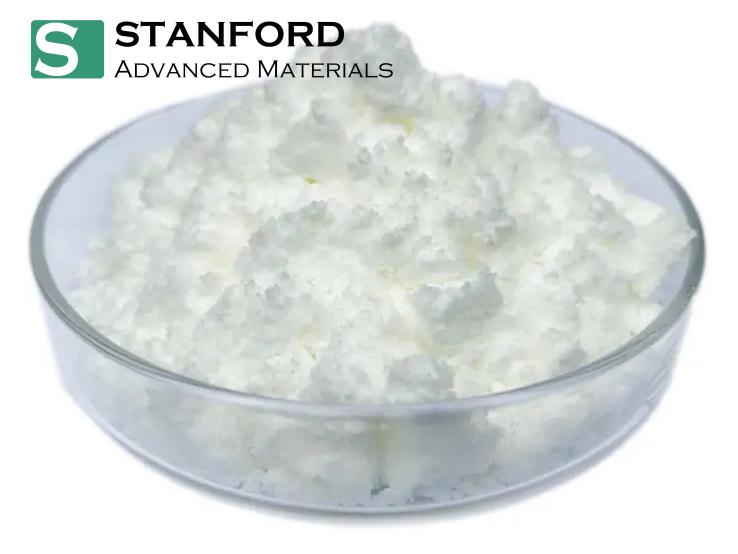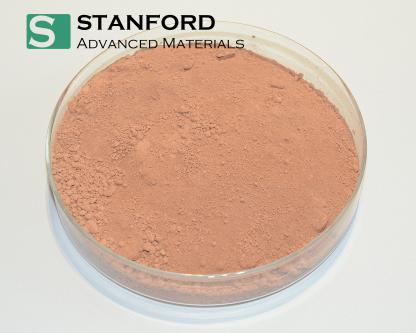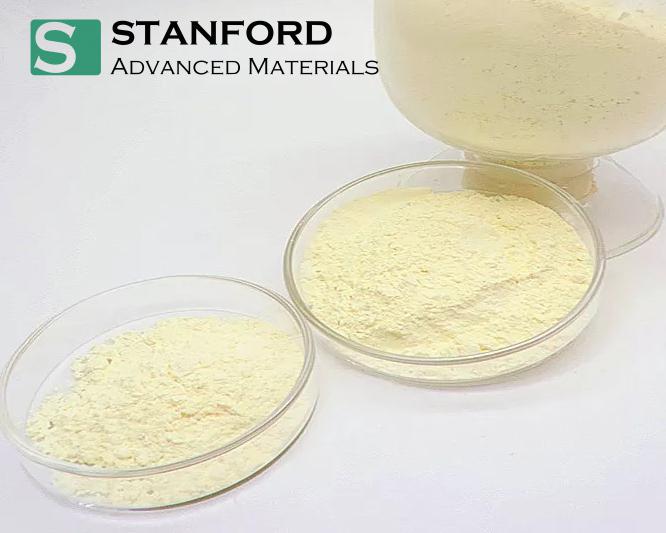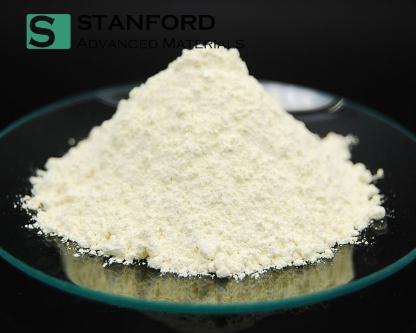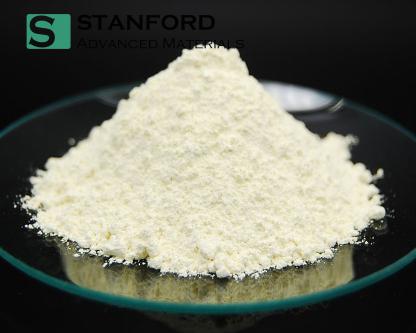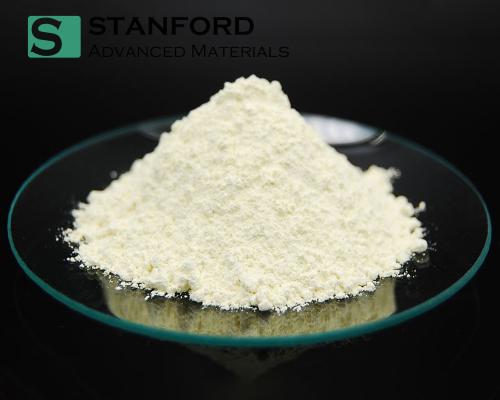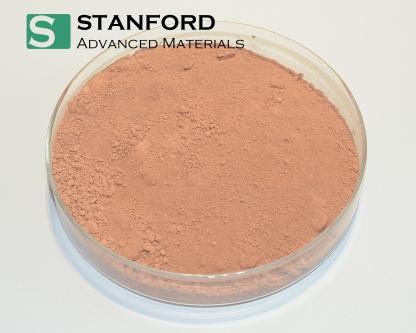- Catalog No.CE6680
- MaterialCeO2, Zr(Hf)O2, La2O3, Y2O3
- Compositions60CeO2-30Zr(Hf)O2-5La2O3-5Y2O3
- AppearanceLight yellow powder
| Parameter | Value |
|---|---|
| Material | CeO₂, Zr(Hf)O₂, La₂O₃, Y₂O₃ |
| Composition | 60CeO₂-30Zr(Hf)O₂-5La₂O₃-5Y₂O₃ |
| Appearance | Light yellow powder |
| Surface Area (Fresh) (m²/g) | 75-90 |
| Surface Area (Aged, 1000°C/4h) (m²/g) | >43 |
| Surface Area (Aged, 1100°C/4h) (m²/g) | >24 |
| D₅₀ (μm) | 3-12 |
| Theoretical Chemical Composition (%) | |
| Ingredient | CeO₂ |
| Content (wt%) | 60 |
Note: The above product information is based on theoretical data. For specific requirements and detailed inquiries, please contact us.
Cerium-Zirconium-Lanthanum-Yttrium Catalysts (60CeO₂-30Zr(Hf)O₂-5La₂O₃-5Y₂O₃) are high-performance mixed oxide materials specifically developed for demanding catalytic applications, particularly in automotive and industrial emission control systems. This catalyst is engineered to deliver superior redox activity, exceptional thermal stability, and long-lasting performance, even under harsh operational conditions.
Cerium Oxide (CeO₂):
Enables dynamic oxygen storage and release through reversible Ce⁴⁺/Ce³⁺ redox cycles, essential for regulating air-fuel ratios in three-way catalytic converters and ensuring efficient pollutant reduction.
Zirconium or Hafnium Oxide (Zr(Hf)O₂):
Enhances the thermal stability of the catalyst, preventing sintering and maintaining the surface area during high-temperature operations.
Lanthanum Oxide (La₂O₃):
Improves the catalyst's texture by increasing surface area and enhancing thermal resistance, leading to better dispersion of active sites and enhanced catalytic performance.
Yttrium Oxide (Y₂O₃):
Contributes to phase stabilization, strengthens resistance to thermal shock, and preserves the crystal lattice integrity during repeated redox cycles.
The combination of these components results in a highly effective catalyst, perfect for applications that require frequent redox cycling, such as in catalytic converters, fuel processing, and industrial gas treatment. The formulation ensures excellent dispersion of noble metals, guaranteeing stable performance and maintaining structural and chemical integrity over extended thermal stress.
High Oxygen Storage Capacity:
Facilitates rapid oxygen release and uptake, essential for effective catalytic reactions.
Superior Thermal Stability:
Maintains structural integrity and catalytic activity even at elevated temperatures.
Enhanced Redox Performance:
Supports efficient oxidation-reduction cycling, crucial for various catalytic processes.
Resistance to Sintering and Thermal Degradation:
Ensures long-term durability and sustained catalytic efficiency.
Optimal Surface Area:
Provides ample active sites for catalytic reactions, enhancing overall performance.
Collectively, these properties result in a robust and efficient catalyst support material, ideal for applications requiring repeated oxidation-reduction cycling, such as automotive catalytic converters, fuel processing, and industrial gas treatment systems. The formulation ensures excellent dispersion of noble metals and retains its structural and chemical integrity under prolonged thermal stress.
Automotive Three-Way Catalytic Converters (TWCs):
Serve as an oxygen storage medium and support for noble metals such as Pt, Pd, and Rh, facilitating the conversion of CO, NOₓ, and hydrocarbons into less harmful emissions while ensuring consistent performance during lean and rich cycles.
Gasoline Particulate Filters (GPFs) and Diesel Oxidation Catalysts (DOCs):
Aid in the oxidation of soot and enhance emission control for both gasoline and diesel engines, operating efficiently across a wide range of temperatures.
Industrial Emission Control:
Applied in both fixed-bed and monolithic catalyst systems to reduce volatile organic compounds (VOCs), carbon monoxide, and other toxic gases in industrial environments like power plants, refineries, and chemical factories.
Fuel Reforming Catalysts:
Act as either a catalyst or support in steam reforming and partial oxidation processes for hydrogen production, offering excellent redox properties and resistance to sintering at high temperatures.
Solid Oxide Fuel Cells (SOFCs):
Used as a buffer layer or support material in SOFCs, providing high ionic conductivity, structural stability, and compatibility with other cell components.
Oxygen and Gas Sensors:
Utilized in oxygen sensing applications where rapid and reversible oxygen exchange is essential for real-time detection and monitoring of gases.
Our products are packaged in customized cartons of various sizes based on the material dimensions. Small items are securely packed in PP (polypropylene) boxes, while larger items are placed in custom wooden crates. We ensure strict adherence to packaging customization and the use of appropriate cushioning materials to provide optimal protection during transportation.
Packaging Options:
Please review the packaging details provided for your reference. For special packaging needs, feel free to contact us.
Chemical Composition Analysis:
Verified using techniques such as Glow Discharge Mass Spectrometry (GDMS) or X-ray Fluorescence (XRF) to ensure compliance with purity requirements.
Mechanical Properties Testing:
Includes tensile strength, yield strength, and elongation tests to assess material performance.
Dimensional Inspection:
Measures thickness, width, and length to ensure adherence to specified tolerances.
Surface Quality Inspection:
Checks for defects such as scratches, cracks, or inclusions through visual and ultrasonic examination.
Hardness Testing:
Determines material hardness to confirm uniformity and mechanical reliability.
Please refer to the SMC testing procedures for detailed information.
Q1. What is this Catalyst used for?
A: It is primarily used in automotive catalytic converters, gasoline particulate filters, industrial emission control systems, and fuel reforming applications where high thermal stability and oxygen storage capacity are required.
Q2. What advantages does it offer over traditional ceria-zirconia materials?
A: The addition of lanthanum and yttrium oxides enhances thermal resistance, increases surface area, and stabilizes the catalyst structure during redox cycling, making it more durable and efficient under harsh conditions.
Q3. How does it help reduce emissions?
A: It facilitates rapid oxygen release and uptake during lean-rich transitions, improving the conversion of CO, NOₓ, and hydrocarbons into harmless gases in three-way catalytic converters.
| Property/Catalyst | Ce-Zr-La-Y (60-30-5-5) | Ce-Zr-Y (45-50-5) | Ce-Zr-Al (50-45-5) | Ce-Zr-Pr (50-45-5) | Ce-Zr (Commercial Grade) |
|---|---|---|---|---|---|
| Composition (wt%) |
CeO₂:60 ZrO₂/HfO₂:30 La₂O₃:5 Y₂O₃:5 |
CeO₂:45 ZrO₂:50 Y₂O₃:5 |
CeO₂:50 ZrO₂:45 Al₂O₃:5 |
CeO₂:50 ZrO₂:45 Pr₆O₁₁:5 |
CeO₂:50 ZrO₂:50 |
| Oxygen Storage Capacity (OSC, μmol O₂/g) | 800-950 | 450-550 | 300-400 | 550-700 | 200-350 |
| Thermal Stability (°C) | 1000-1100 | 900-1000 | 800-900 | 950-1050 | 800-950 |
| Light-off Temperature T₅₀ (°C) | 200-220 | 250-270 | 280-300 | 230-250 | 280-320 |
| Catalytic Efficiency | High | Moderate | Low | Moderate | Low |
The Cerium-Zirconium-Lanthanum-Yttrium Catalyst (60CeO₂-30Zr(Hf)O₂-5La₂O₃-5Y₂O₃) is typically produced through a co-precipitation method, involving the following steps:
Preparation of Aqueous Solutions:
Aqueous solutions of cerium nitrate, zirconium salts (such as zirconium chloride or nitrate), lanthanum nitrate, yttrium nitrate, and other rare earth metal salts are combined in precise stoichiometric amounts.
Reaction with a Base:
A precipitating agent, like ammonium hydroxide or sodium carbonate, is added under controlled pH conditions to form a precipitate of mixed metal hydroxides or carbonates.
Precipitation:
The reaction mixture is allowed to precipitate, forming a homogeneous gel or precipitate of the mixed hydroxides/carbonates.
Aging:
The precipitate is aged to improve uniformity and crystallinity, ensuring a consistent distribution of all metal components.
Filtration and Washing:
The aged precipitate is filtered and thoroughly washed to remove any excess salts and impurities.
Drying:
The washed precursor is dried at moderate temperatures to remove moisture content.
Calcination:
The dried precursor is calcined at high temperatures (typically between 500°C and 800°C) to transform it into the desired mixed oxide phase with the correct crystallinity and structure.
This preparation process ensures the catalyst possesses a high surface area, excellent thermal stability, and effective oxygen storage capacity, making it ideal for use in catalytic applications, especially for automotive and industrial emission control systems.
To ensure the quality and performance of Cerium-Zirconium-Lanthanum-Yttrium Catalysts, the following characterization techniques are employed:
X-ray Diffraction (XRD):
Determines the crystalline structure and phase composition of the catalyst, ensuring the formation of a homogeneous mixed oxide phase.
Scanning Electron Microscopy (SEM):
Evaluates the morphology, particle size distribution, and surface characteristics of the catalyst particles.
Transmission Electron Microscopy (TEM):
Provides detailed insights into the internal structure and nanoscale features of the catalyst.
Brunauer-Emmett-Teller (BET) Surface Area Analysis:
Measures the specific surface area, which is critical for catalytic activity and oxygen storage capacity.
Thermogravimetric Analysis (TGA):
Assesses the thermal stability and weight changes during heating, indicating decomposition temperatures and stability under operating conditions.
Inductively Coupled Plasma Mass Spectrometry (ICP-MS):
Ensures precise determination of the elemental composition and purity of the catalyst.
Fourier-Transform Infrared Spectroscopy (FTIR):
Identifies functional groups and verifies the structural integrity of the mixed oxides.
Temperature-Programmed Reduction (TPR):
Evaluates the redox properties and oxygen mobility within the catalyst, essential for its performance in catalytic cycles.
Surface Area and Pore Volume Analysis:
Determines the porosity and surface characteristics, which are vital for catalytic activity and durability.
These comprehensive characterization methods ensure that the Cerium-Zirconium-Lanthanum-Yttrium Catalysts meet the highest standards required for their diverse applications in automotive emission control, industrial catalysis, and energy systems.
